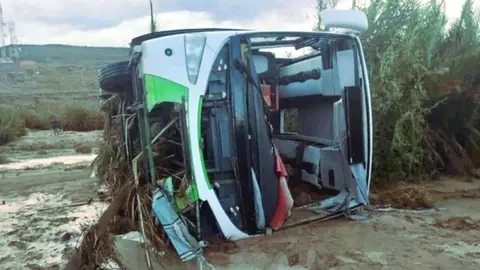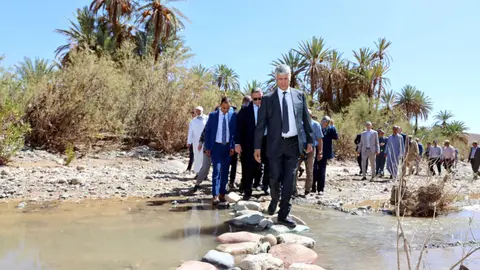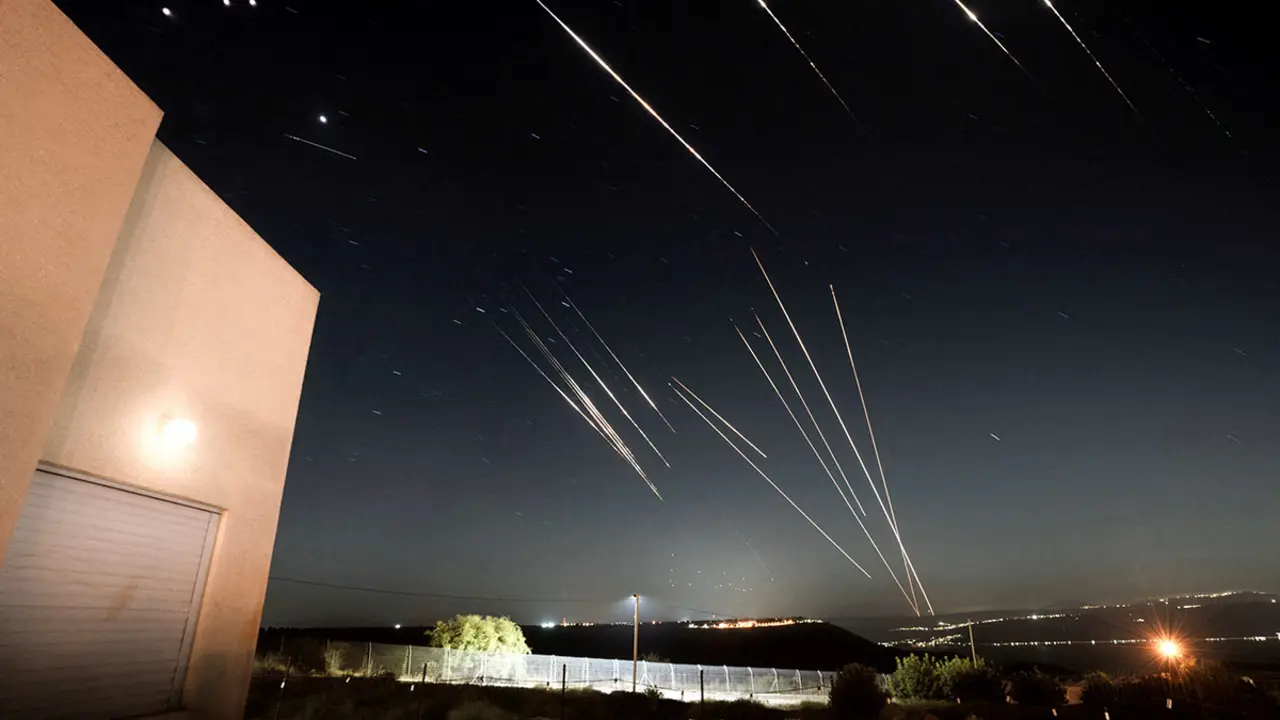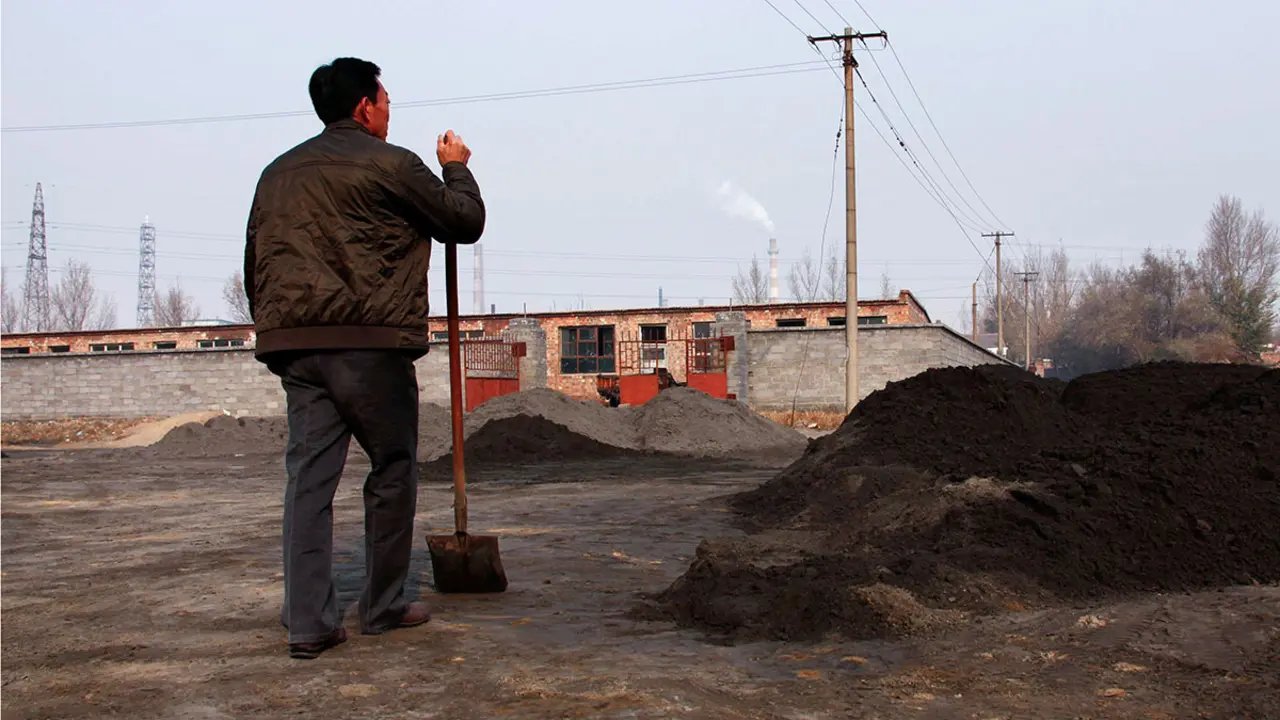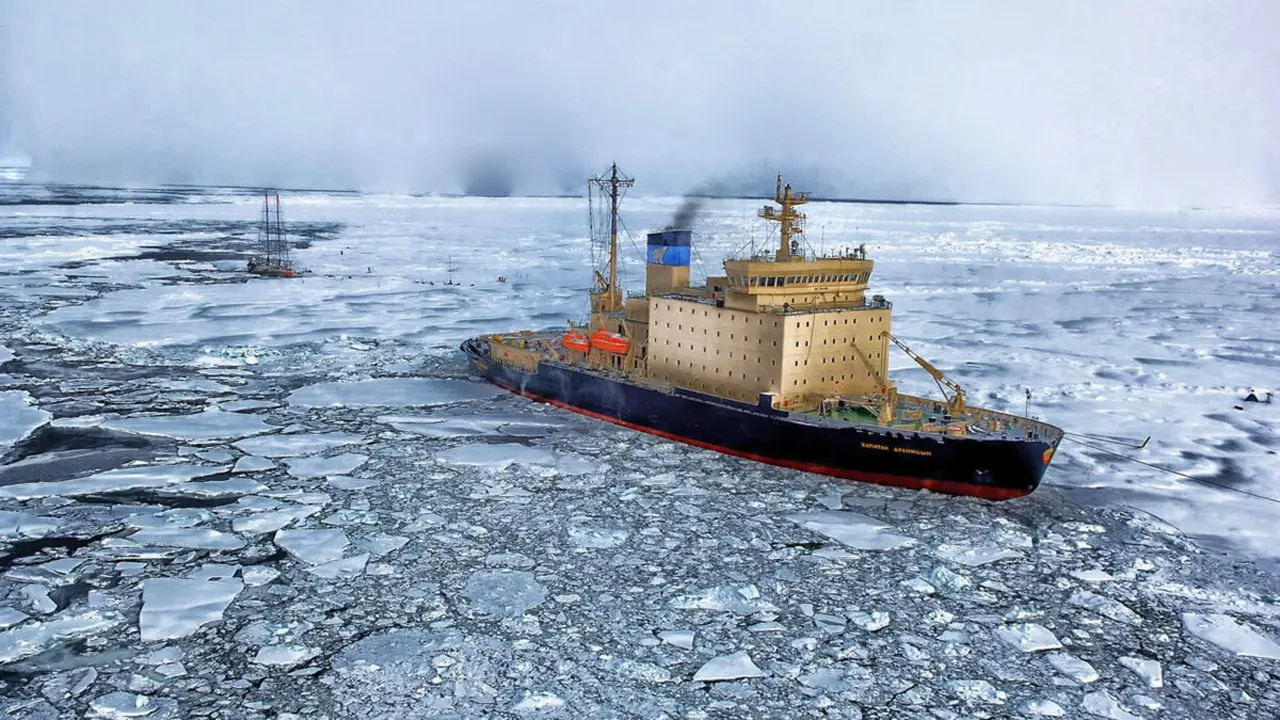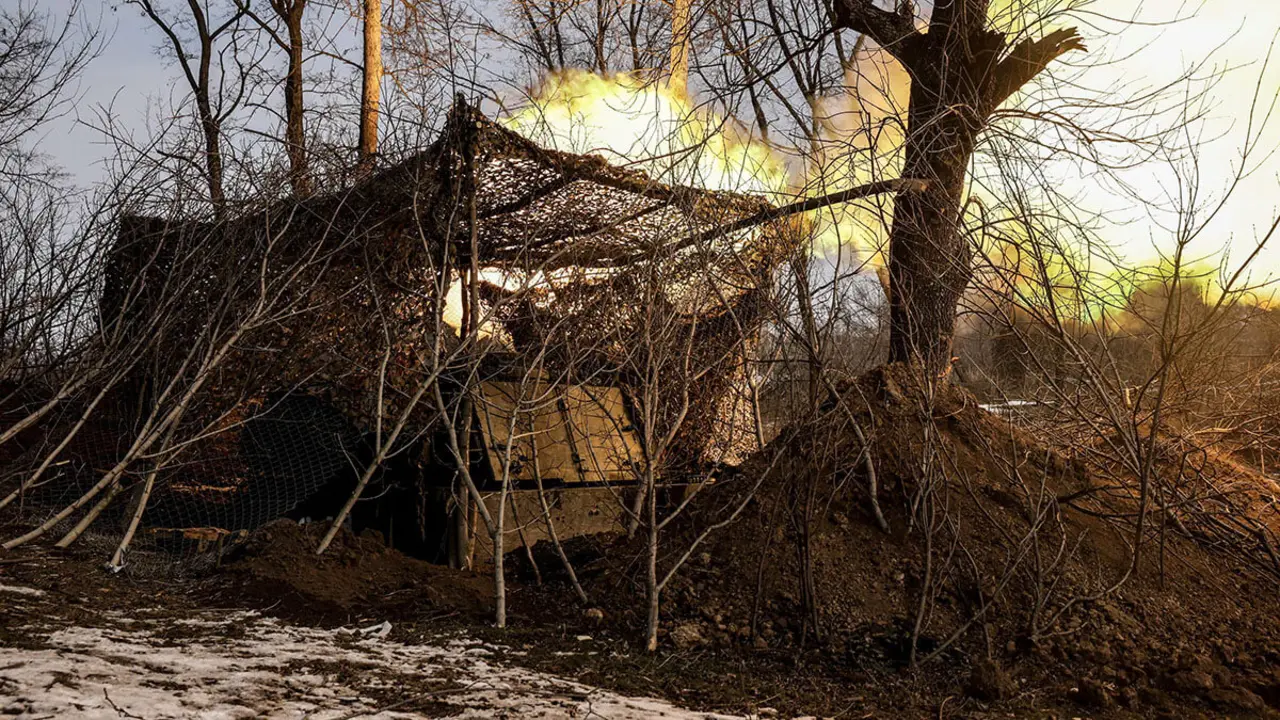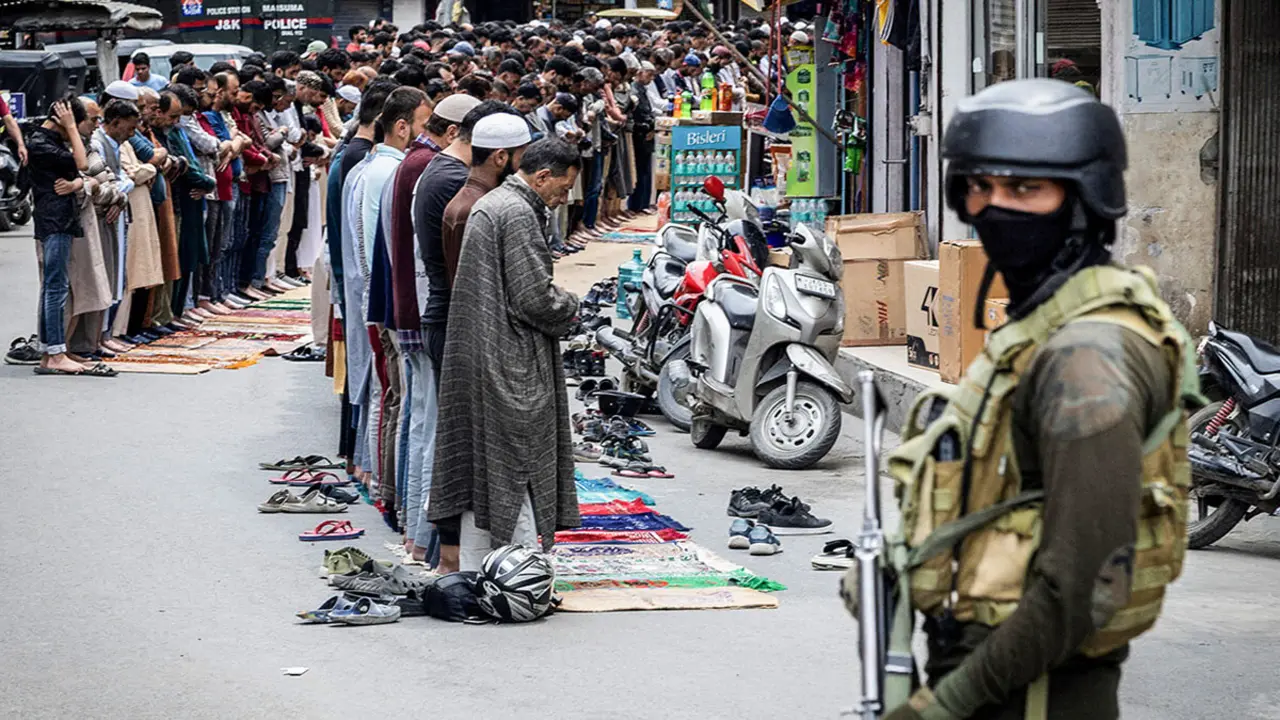Morocco facing the elements
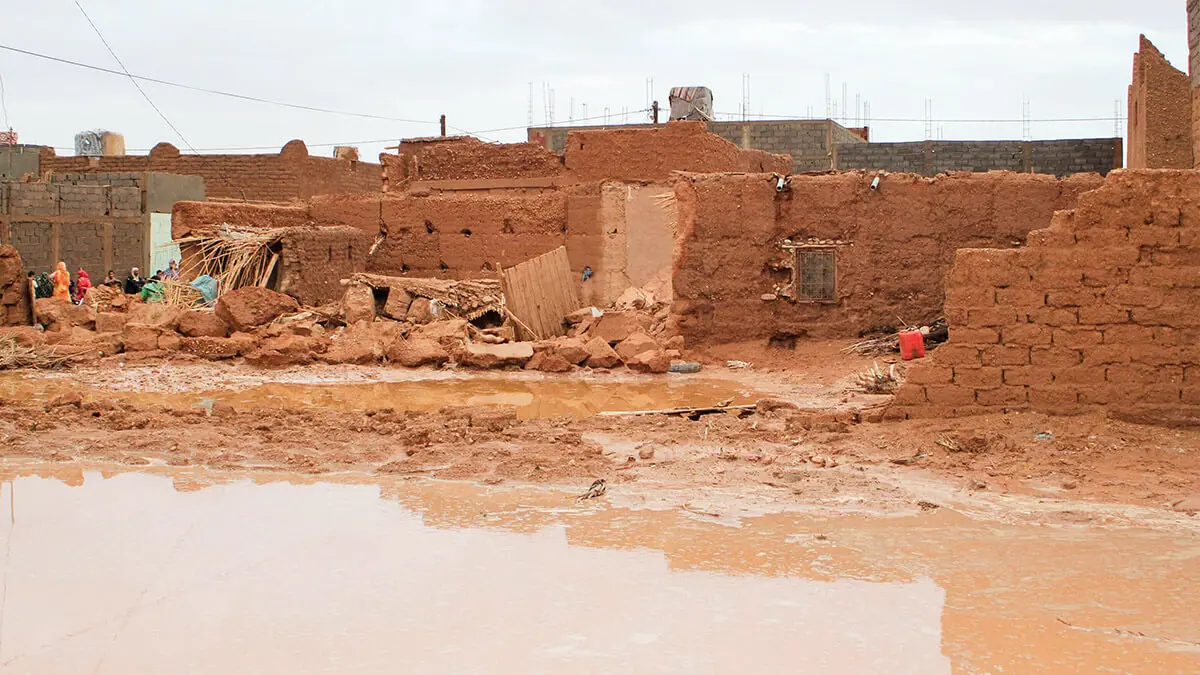
Morocco is facing the elements. The Moroccan kingdom has faced several natural disasters in recent times that have tested the resilience and recovery capacity of the North African country, which has given a great response to them.
Floods, droughts, earthquakes, health crises and even plagues of locusts have been the difficult challenges faced in recent years by the Moroccan kingdom, which has shown its resilience and capacity to recover from the onslaught.
Serious flooding
Morocco has experienced significant flooding and thunderstorms in the south of the country over the past week, with a violence not seen in the last two decades in terms of these weather phenomena.
The regions of Guelmim and Tata were the worst affected. The Tata and Ziz rivers saw their flow increase to more than 2,000 cubic metres per second, in the case of the Tata river to 2,300 cubic metres per second, due to the heavy storms. The floods caused flooding in many adjacent areas and serious damage to numerous homes and infrastructures, causing the death of around twenty people and leaving dozens missing.
Tata, in southern Morocco, a region of diverse landscapes with fertile mountains and valleys that are essential for local agriculture and with an important cultural heritage influenced by Berber traditions, was hit by the consequences of climate change, which is hitting Morocco hard, as well as other neighbouring countries.
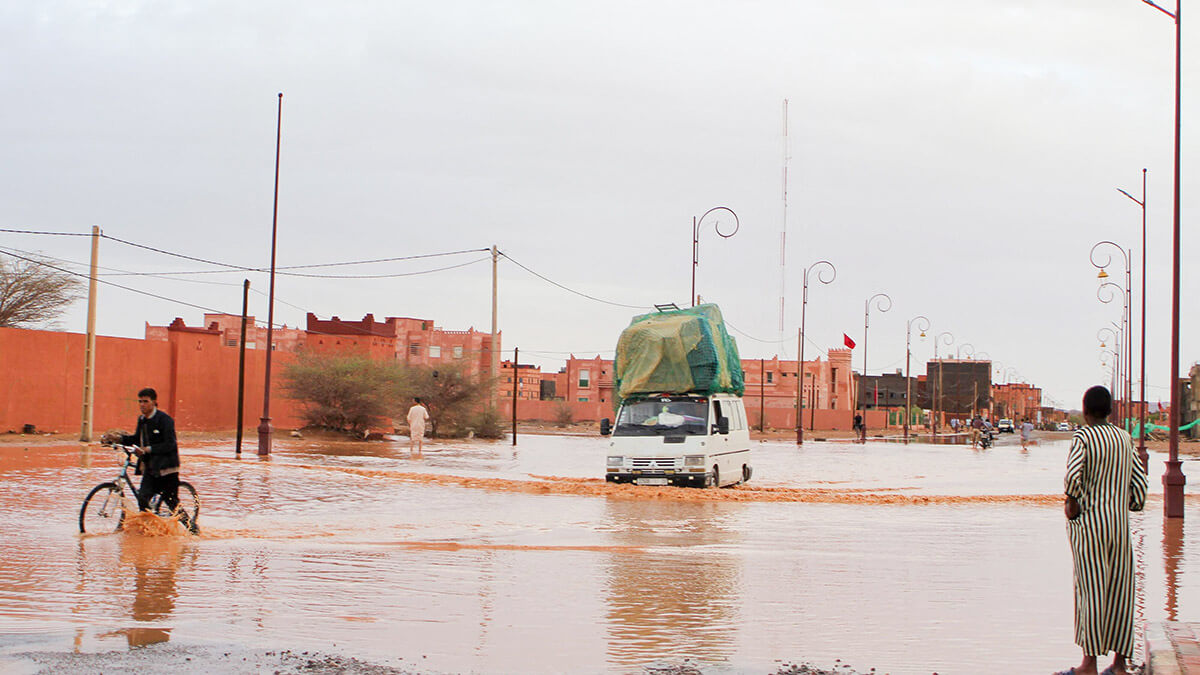
The province of Tata was the worst hit by the floods in terms of fatalities, followed by Errachidia, Tiznit, Tinghir and Taroudant.
The Interior Ministry stressed that Moroccan rescue and emergency troops carried out rescue and repair work in the affected areas. Dozens of houses collapsed or suffered extensive damage, including eight artistic buildings that partially or completely collapsed in the Tata region.
There was also damage to drinking water, electricity and telephone networks, most of which was repaired by Moroccan workers. Road networks were also affected, with temporary traffic disruptions on up to 110 roads, most of which were resolved within a short period of time.
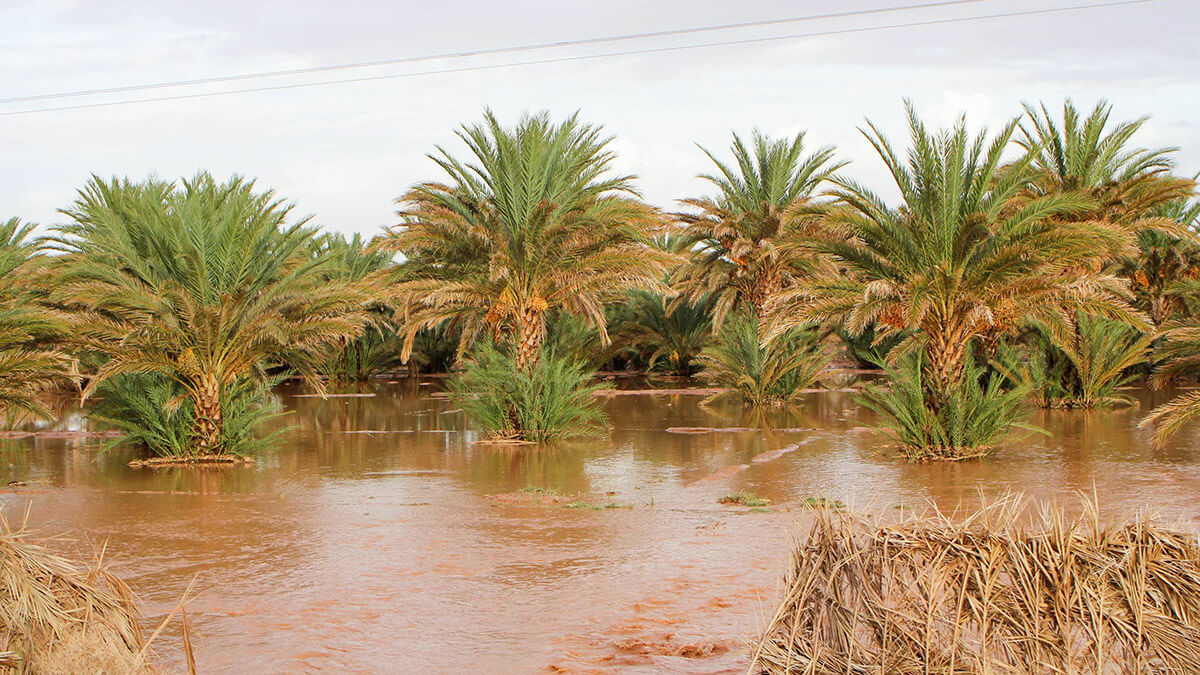
Morocco's Directorate General of Meteorology (DGM) had already issued a red alert bulletin for last weekend for the provinces of Zagora, Tinghir, Errachidia, Ouarzazate and Tata, and orange for Midelt, Figuig, Azilal, Tiznit, Guelmim, Sidi Ifni, Taroudant and Al-Haouz, the latter two located in the Atlas Mountains and severely affected just a year ago by the Al-Haouz earthquake that left more than 2,900 people dead.
Rachid El Khalfi, spokesman for the Moroccan Interior Ministry, said that the rainfall recorded in two days represented about half of the rainfall experienced in these regions throughout the year and in some areas exceeded the average annual amount, which shows the extent of the rainfall in the area.
Specifically, 250 millimetres of water per hour were recorded in Tata, 203 in Tinguir, 114 in Figuig and 82 in Ouarzazate. The heavy rains affected a total of 17 Moroccan provinces.
In response to the situation, a rehabilitation programme for the affected provinces was established with an implementation budget of 232 million euros.

Severe dry spells
Climate change is behind the surprise torrential rains that caused flooding and severe damage in southern Morocco. Climate change, on the other hand, has left scenes of severe drought in the Moroccan kingdom for years, with dams often reaching values of just over 20% of their capacity.
In 2024, the Moroccan kingdom is facing the worst drought in four decades, at least the longest of seven severe droughts in the past 43 years.
Restrictions on the domestic use of water and its use for agricultural crops have been some of the major impediments to the population in recent months in the Moroccan territory.
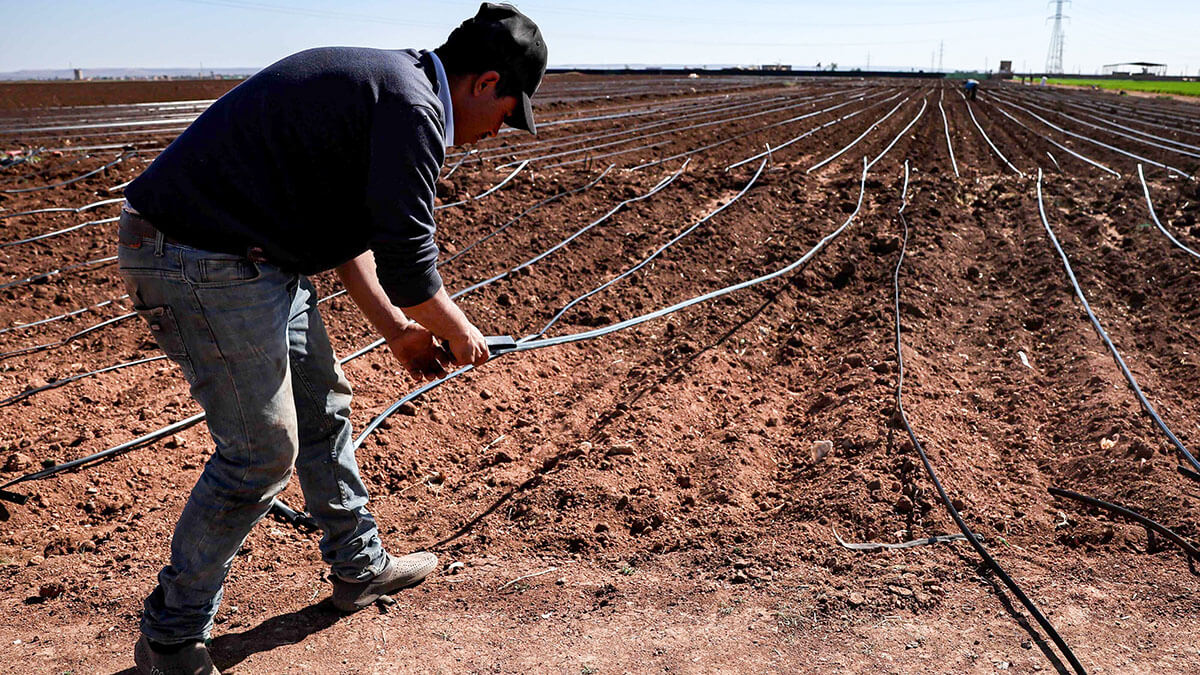
After several years of persistent drought in the country, aggravated by climate change through very high temperatures in certain periods, the dams have been emptied and water resources in general have been severely depleted in order to supply households and agricultural crops. This is no small matter considering that agriculture contributes almost 15% of Gross Domestic Product (GDP) and, together with fisheries and forestry, employs around 45% of the workforce. It is also the sector that, according to World Bank data from 2020, consumes the most water resources, almost 90% of the total, and is now the most affected by the drought.
Morocco is experiencing the worst drought in decades pic.twitter.com/ljMqsCrxy0
— Epic Maps 🗺️ (@Locati0ns) October 24, 2023
Faced with the shortage of rainfall and water resources, the Moroccan government adopted various measures registered in the National Drinking Water Supply and Irrigation Programme 2020-2027, which has already been activated and includes innovative initiatives in this field and other traditional measures, such as the construction of new dams.
The programme aimed to guarantee water supply through an investment of nearly 13 billion euros, dedicated to the construction of new water infrastructures, such as the connection between the Sebou and Bouregreg river basins, whose objective was set to reach a flow of approximately one million cubic metres of water per day, which translates into a volume of 360 million cubic metres per year. Thanks to this initiative, the water supply for the Rabat-Casablanca axis was guaranteed. The intention of the government led by Aziz Akhannouch, in view of the success of the first motorway project linking the Sebou River to the El Bouregreg basin, is also to link the Oued El Makhzen dam to the port of El Boughaz Fadil, Tangier, in order to supply one of the most densely populated cities in the country.
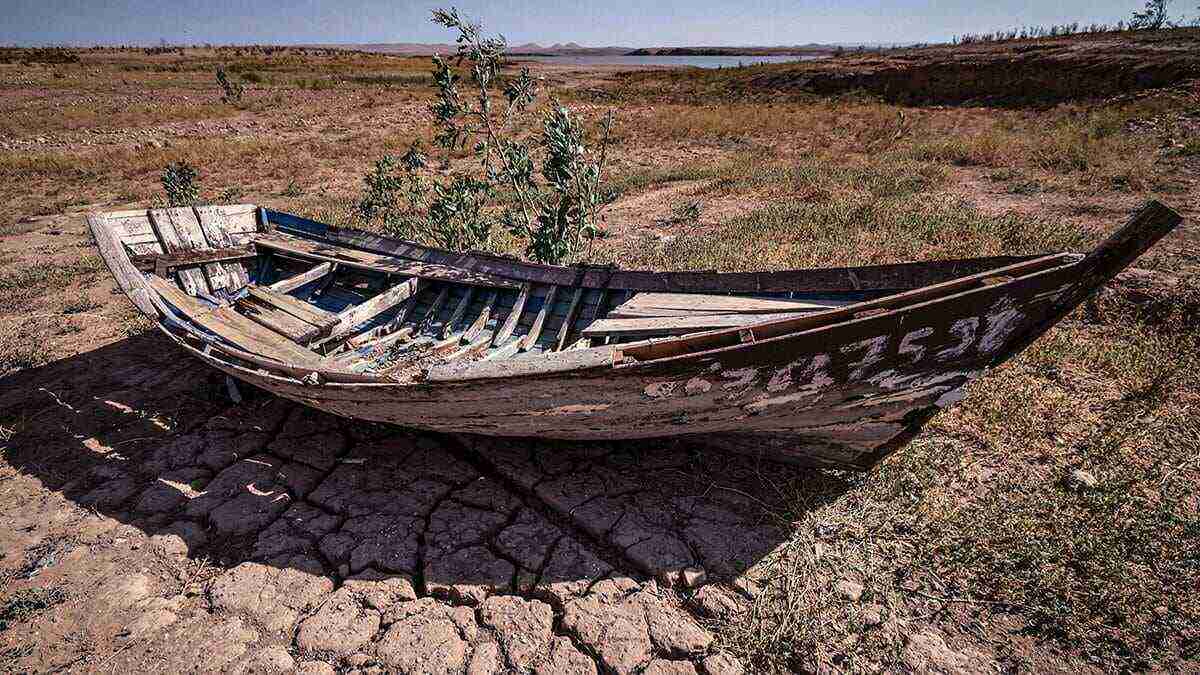
Also included in the plans was the construction of desalination plants with a view to using seawater to convert it into drinking water for domestic use. Morocco currently has 12 desalination plants with a total capacity of 179.3 million cubic metres per year. Seven additional plants are planned for construction by 2027, which will add a capacity of 143 million cubic metres per year.
Other planned initiatives included the development of modern irrigation systems to reduce water misuse, protection against potential floods, and the construction of a national hydrographic plan for the relocation of the nation's water resources to supply the country's major cities.
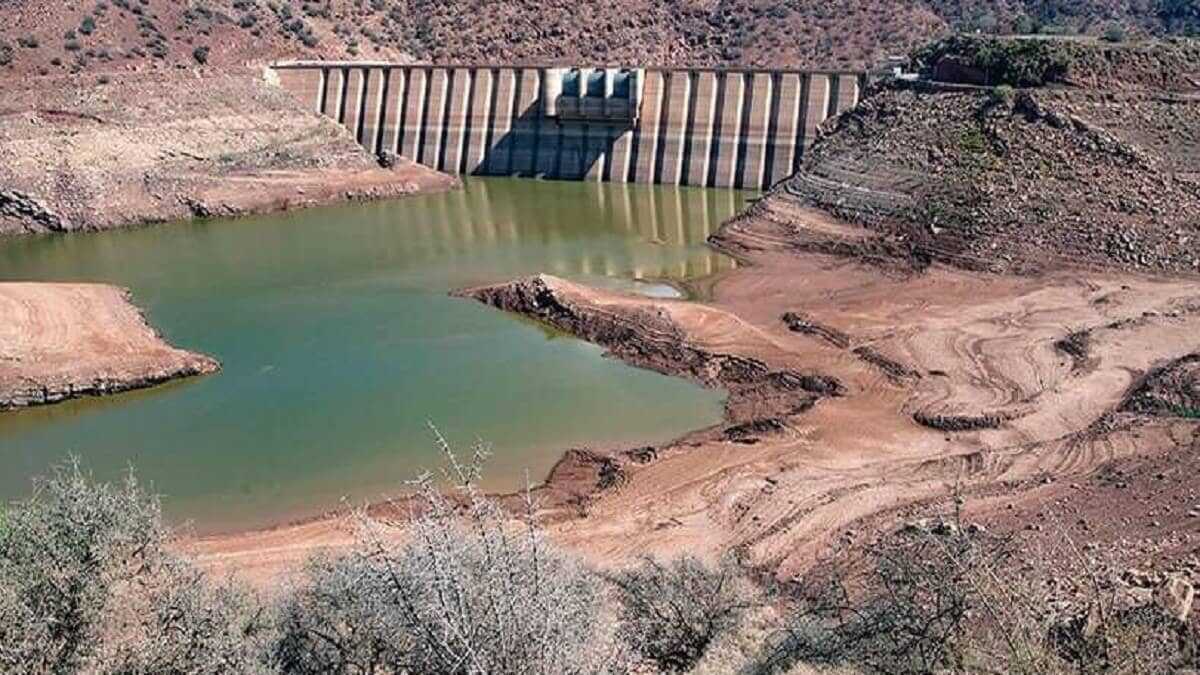
Al-Haouz earthquake
Alongside all this, it is worth recalling the severe Al-Haouz earthquake of 8 September 2023. A powerful earthquake measuring 6.8 on the Richter scale struck Morocco at a depth of 18.5 kilometres. The epicentre was in the High Atlas Mountains, 71 kilometres southwest of Marrakech, causing more than 2,900 deaths and injuring some 2,500 people in Al-Haouz (the epicentre) and in the provinces of Taroudant, Chichaoua, Ouarzazate and Azilal. In addition, hundreds of thousands of buildings and infrastructure collapsed or were seriously damaged. It was the strongest earthquake to hit Morocco in 120 years.
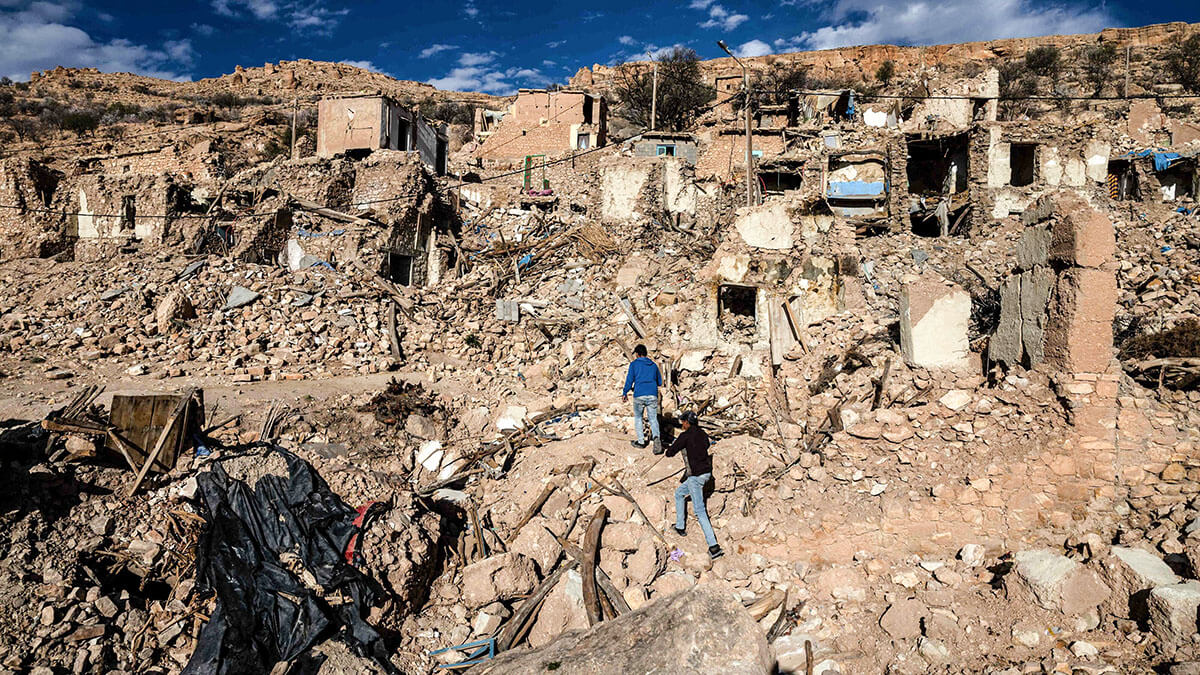
In view of the seriousness of what happened and the enormous personal and material damage suffered, the Moroccan government, following the directives of King Mohammed VI, planned a multi-faceted aid plan to alleviate the effects of the severe earthquake. In this way, the Moroccan kingdom laid the foundations for the implementation of an aid programme of some 11 billion euros, aimed at tackling the problems resulting from the severe earthquake.
The problem was such that Morocco also accepted aid from several countries, including the United Arab Emirates, Qatar and Spain, for rescue and reconstruction work, which was coordinated by the Moroccan state itself in a successful operation that served to normalise the situation relatively quickly.

One year after the earthquake, the Moroccan authorities have made progress in the reconstruction of 49,632 damaged homes, according to government figures. The Moroccan government also granted aid to a total of 63,862 families who were victims of the earthquake and who have received a monthly allowance of 230 euros for a year. In addition, 57,805 families also received a first instalment of around 1,800 euros to rebuild their homes.

Coronavirus pandemic
It is also worth mentioning the episode of the coronavirus pandemic, a global health crisis that hit the world leaving millions dead due to the effects of the coronavirus itself, the cause of the COVID-19 disease, which for more than two years from the beginning of 2020 caused serious respiratory illnesses and aggravated other existing pathologies, leading to the death of 29 million people worldwide, causing a major trauma to a large part of the global population and a bill of billions due to the economic effects of the pandemic. Morocco was not spared either, with a death toll of 1.28 million, a number to be considered considering that the North African country has around 36.7 million inhabitants.
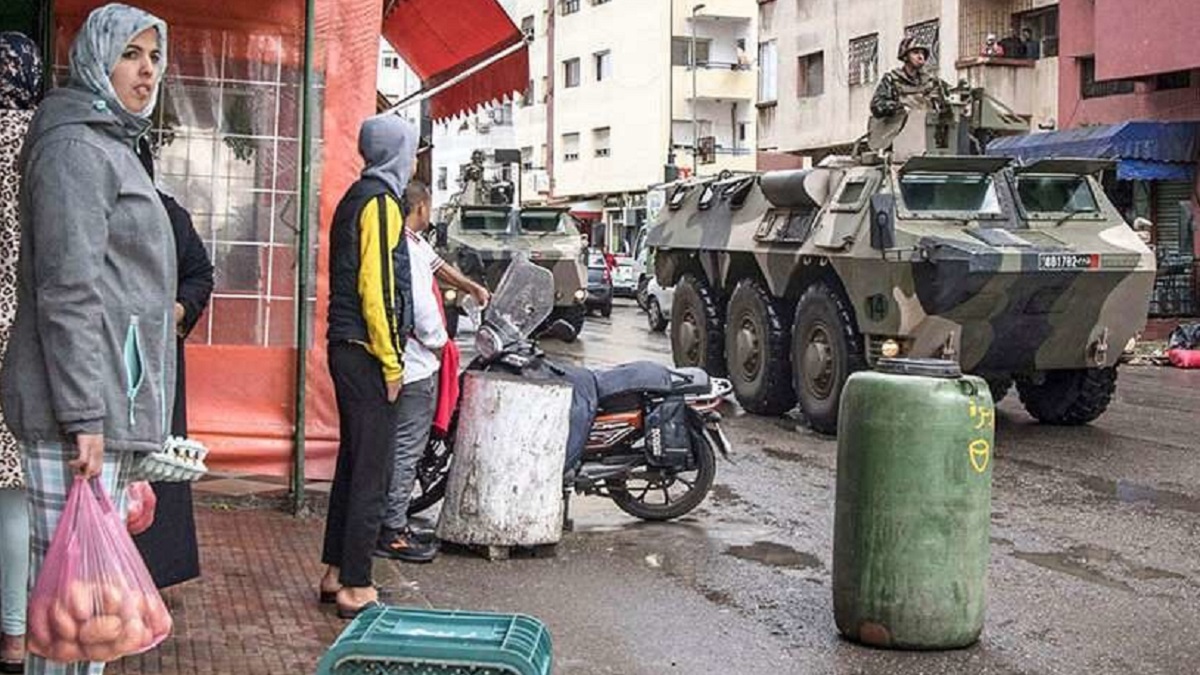
The measures implemented by the Moroccan government on the royal instructions of the monarch Mohammed VI were harsh, but they served to contain the spread of the virus as much as possible. There were severe restrictions on movement within the country, border closures at peak times when there was a high rate of coronavirus cases, major public hygiene measures, and distribution of vaccines and medical supplies to the entire population in order to curb the spread of the virus.
Moroccan health personnel, both civilian and military, showed great commitment to protecting those affected and preserving the health of the most vulnerable sectors of society, and state institutions prioritised national health, making the fight against the virus a state affair, launching various initiatives and promoting laws immediately, with the aim of mitigating even worse effects on citizens. Morocco was one of the first countries to close borders and decree the creation of a social emergency fund, which was essential in the face of the looming economic crisis caused by the cessation of various economic activities.
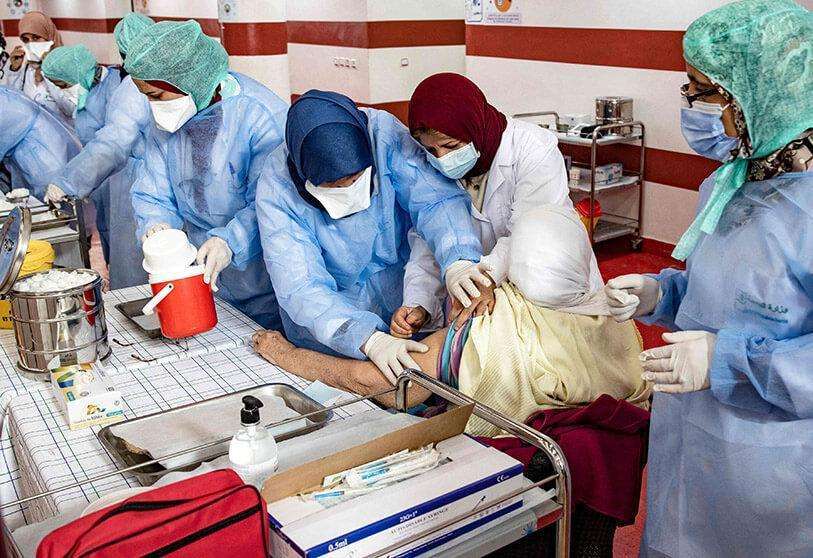
The Moroccan kingdom also collaborated to help other poorer nations, mainly in Africa, to provide vaccines and medical supplies to fight the pandemic.
Plague of locusts
Morocco was hit by a plague of locusts in May 2023. Agricultural areas near Oued Draa (Draa River, in the Tata region of southern Morocco) faced a plague of locusts that caused serious damage to their crops, especially to the subsistence farming of the inhabitants.
Despite the efforts of the administrations to control the plague, the situation became worrying because of the risk of it reaching the agricultural areas near Tata and further affecting the national economy.
The Moroccan National Locust Control Centre treated the area daily by spraying pesticides to mitigate the pest, although swarms were virulently attacking the area, in what was a long process of eradicating the pest.

